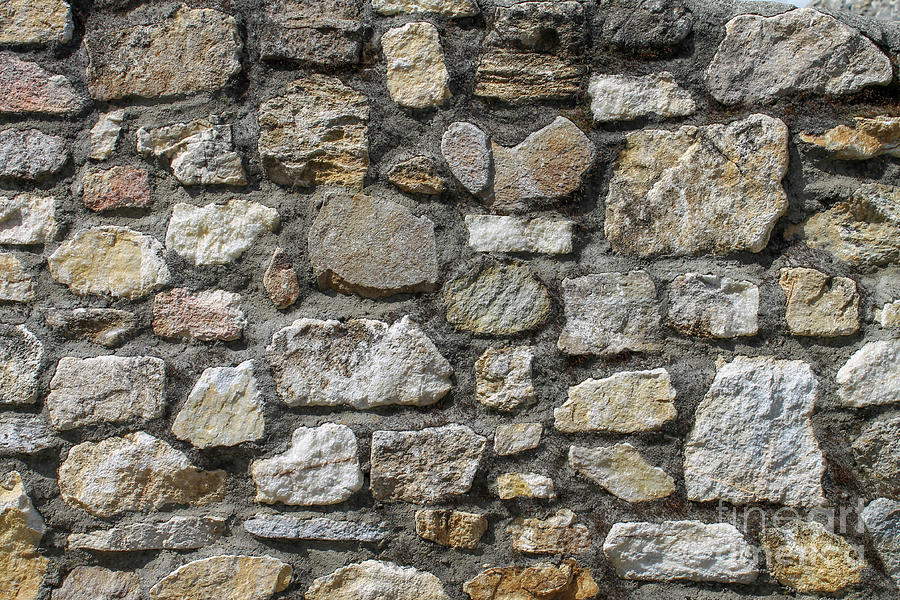In our quest to understand thermal dynamics, one question often arises: What surface is the best absorber of heat? This inquiry is not merely academic; it has practical implications across various fields, including engineering, architecture, and environmental science. To answer this question comprehensively, we must delve into the principles of thermal absorption, the characteristics of different materials, and their applications in real-world scenarios.
Understanding Thermal Absorption
Thermal absorption refers to the ability of a material to absorb heat energy from its surroundings. This process is influenced by several factors, including the material's color, texture, and specific heat capacity. The efficiency of heat absorption can be quantified using the concept of emissivity, which measures how effectively a surface emits thermal radiation compared to a perfect black body. A surface with high emissivity (close to 1) is also an excellent absorber of heat.
Key Characteristics of Heat Absorbing Surfaces
- Color and Reflectivity: Darker surfaces tend to absorb more heat than lighter ones. For instance, black surfaces absorb up to 90% of the incident solar radiation, while white surfaces reflect most of it. This principle is crucial in applications such as roofing materials, where darker colors can significantly increase heat absorption, impacting energy efficiency in buildings.
- Material Composition: Different materials have varying capacities for heat absorption. Metals, such as copper and aluminum, are known for their high thermal conductivity, allowing them to absorb and transfer heat quickly. Conversely, materials like concrete and brick, while not as conductive, can store heat effectively due to their mass.
- Surface Texture: The texture of a surface can also influence its heat absorption properties. Rough surfaces tend to trap more air, which can create insulating layers that affect heat transfer. Smooth surfaces, on the other hand, may allow for more efficient heat transfer due to reduced air resistance.
The Best Heat Absorbing Surfaces
When considering which surfaces are the best heat absorbers, several materials stand out:
- Black Asphalt: Commonly used in road construction, black asphalt is an excellent heat absorber due to its dark color and composition. It can reach high temperatures during the day, which can be advantageous for melting snow in colder climates but also contributes to the urban heat island effect.
- Dark Stone and Concrete: These materials are often used in outdoor applications, such as patios and walkways. Their ability to absorb and retain heat makes them ideal for creating warm outdoor spaces, but they can also contribute to heat retention in urban environments.
- Metals: While metals like aluminum and copper are not the best at retaining heat, their high thermal conductivity allows them to absorb heat quickly. This property is particularly useful in applications such as heat exchangers and cooking utensils.
- Thermal Mass Materials: Materials with high thermal mass, such as rammed earth or adobe, can absorb and store heat effectively. These materials are often used in passive solar building designs, where they help regulate indoor temperatures by absorbing heat during the day and releasing it at night.
Practical Applications and Considerations
Understanding which surfaces are the best heat absorbers can lead to more efficient designs in various fields. For instance, in architecture, selecting the right roofing material can significantly impact a building's energy consumption. Dark roofs may be beneficial in colder climates for heat retention, while reflective materials may be preferable in warmer regions to reduce cooling costs.
In environmental science, the choice of materials in urban planning can influence local climates. By strategically using heat-absorbing surfaces, cities can mitigate the urban heat island effect, promoting cooler microclimates and reducing energy consumption.
Conclusion
In conclusion, the best heat-absorbing surfaces are characterized by their color, material composition, and texture. Dark asphalt, stone, concrete, and metals each have unique properties that make them suitable for specific applications. By understanding these characteristics, professionals across various industries can make informed decisions that enhance energy efficiency and improve environmental outcomes. As we continue to explore the interplay between materials and heat absorption, we pave the way for innovative solutions that address the challenges of our warming planet.



